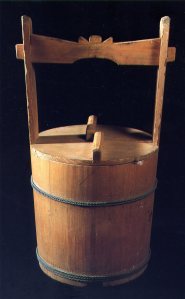 Today’s meditation on all things Japanese looks at some aspects of Japanese design. Japanese design is absolutely unique in its outlook, application and its thorough integration into all aspects of the Japanese culture. Having never been to view this first-hand I know that the previous statements may be incorrect but they are certainly indicative of my current perception. Maybe Japanese design does not pervade Japanese society at every level – yeah, but we all know that’s not true. Amongst cultures known for their design – such as the Nordic countries of Sweden and Denmark, the flamboyantly sophisticated Italians and the quirky traditionalism of the UK – the Japanese are, arguably, pre-eminent.
Today’s meditation on all things Japanese looks at some aspects of Japanese design. Japanese design is absolutely unique in its outlook, application and its thorough integration into all aspects of the Japanese culture. Having never been to view this first-hand I know that the previous statements may be incorrect but they are certainly indicative of my current perception. Maybe Japanese design does not pervade Japanese society at every level – yeah, but we all know that’s not true. Amongst cultures known for their design – such as the Nordic countries of Sweden and Denmark, the flamboyantly sophisticated Italians and the quirky traditionalism of the UK – the Japanese are, arguably, pre-eminent.


